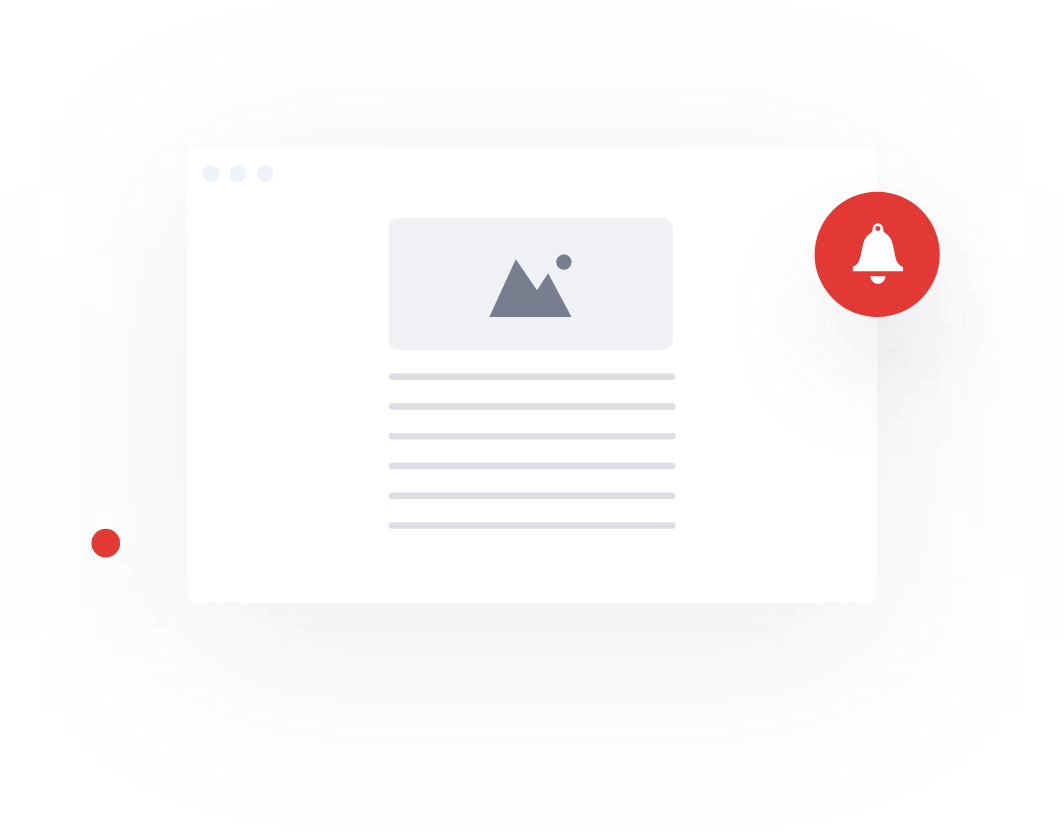Be first to know
Keep up to date with ecommerce news, trends and articles. Brought to you by Stock2Shop.
Sign up todayTo back order or not to back order. That is the question.
The decision to allow back orders in ecommerce depends on factors such as your business model, customer expectations, and operational capabilities. It’s important to assess these pros and cons before deciding whether it’s right for your business.
But first, what is a back order?
A back order refers to a customer’s request or order for a product that is currently out of stock. When a product is not immediately available for fulfilment, a customer’s back order indicates their desire to receive it as soon as it becomes available. The back order is typically recorded and tracked by the seller or retailer, who will deliver the product to the customer when it is restocked.
Online stores can be configured to allow customers to add out-of-stock products to their cart and check out. In other words, they can allow back orders. This can have both pros and cons.
Back orders give customers convenience, allowing them to secure their purchase and ensure they receive the item once it is back in stock, rather than having to constantly check for availability or look for alternative options. For the seller, the primary benefit is the ability to secure the order before the stock has arrived.
It’s important to weigh the above benefits against the additional logistical and administrative strains that back orders may place on your business. If you are considering adding this to your ecommerce setup, give us a call to find out how integration could help.

Keep up to date with ecommerce news, trends and articles. Brought to you by Stock2Shop.
Sign up todayUnderstanding product data is essential for a successful ecommerce business. Here’s an overview of the most important elements of product data you need to understand.
Read MoreCategorising products correctly is a major pain point for many ecommerce websites. Layered navigation is the solution: find out how – and why – to implement it
Read MoreWant to find out exactly how Stock2Shop can make your business more efficient and streamlined?
Contact Us